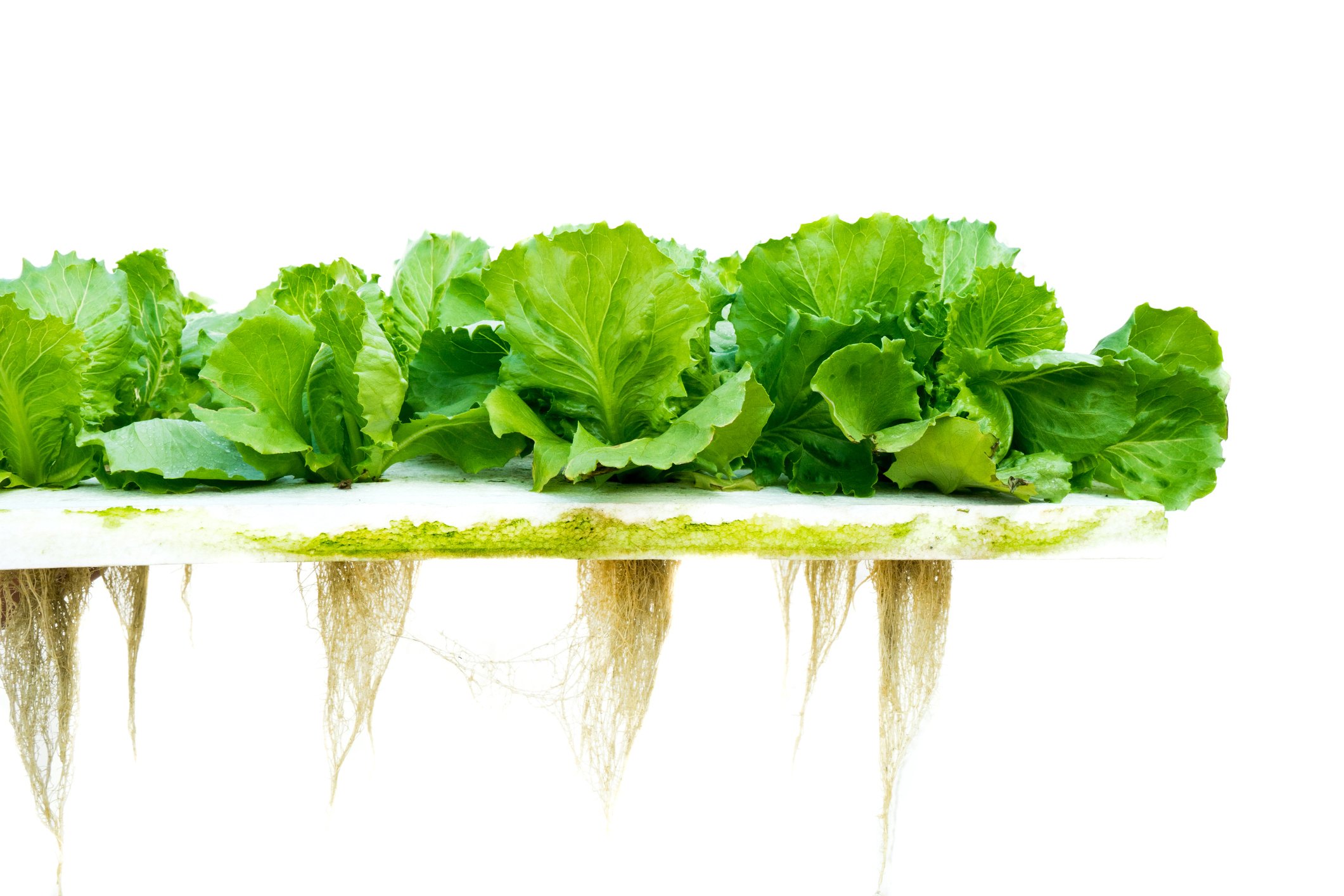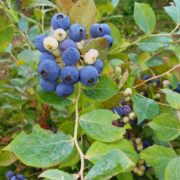‘Tis the season of bounty: summer gardening tips
School holidays, trips to the beach, and a house full of visitors – all great fun – but not so helpful when it comes to finding time for a garden in full swing. Diana Noonan shares labour-saving techniques so you can keep on top of the garden chores while enjoying the summer and the culinary delights it produces.
We hope you enjoy this free article from OrganicNZ. Join us to access more, exclusive members-only content.
I orea te tuatara ka puta ki waho –
A problem is solved by continuing to find solutions.
Delay harvest
When so many garden edibles come on stream in early to midsummer, it can feel overwhelming, especially when you want to do your best to avoid food waste. But there are ways to slow down the rate at which you need to harvest. Peas and beans don’t have to be picked fresh. In fact, left to mature on their vines, they will dry into autumn, and provide a valuable source of protein for winter storage. They will also supply you with seeds to sow next season.
Unless you require the garden space for another crop, roots such as potato, Jerusalem artichoke, yacón, and beetroot, store best when left in the ground (at least until the cold, wet weather arrives). Other than in a wet summer, where fungal disease can be a problem, alliums such as shallot, onion, and garlic, will all but dry off, in situ, so leave them where they are to get on with the job. Devote your limited harvesting and processing time to hearting brassica, leafy salad greens, squash, corn, and greenhouse produce. The rest will wait for you.
Going green
Constructing a well-made compost stack is enjoyable, but it’s no walk in the park. So, whether you’re busy with a young family, or not as energetic as you once were, a ‘green manure crop’ is an excellent alternative. And in cooler parts of the country, late summer (rather than the traditional autumn period) is the time to sow it.
A green manure crop produces plants that can be chopped down and lightly dug back into the soil in late winter or early spring. It will provide similar garden nutrients to compost, but is easy-care, and also acts as a living mulch to protect the soil in harsh weather. When choosing a green manure crop for your garden, consider what will grow best in your region, and also your crop rotation plan (don’t, for example, grow a manure crop in the brassica family if you plan to grow brassica in the same spot immediately after it). Seed for green manure crops include mustard, lupin, vetch, field peas, buckwheat, rye, and tick beans.
Pick and choose!
Let’s face it, there are only so many hours in a day, even in summer, and sometimes it’s simply not possible to attend to ousting all the weeds at once. Over summer, when weed growth is at its height, I prioritise. Anything in flower is chopped and dropped. This stops seed setting, and also provides a nitrogen-rich mulch for the soil. Weeds which smother from above, such as cleaver and Chilean flame creeper, are next on my list because they quickly shut out light and put paid to whatever is underneath. Deep-rooted weeds (think dock and buttercup) are time-consuming to dig, so they are doused in a pine needle mulch until I can attend to them. Serious invasives, such as couch and kikuyu grass, go under black plastic to be solarised. Nitrogenfixers, such as clover and vetch, stay where they are, contributing to the soil, until there’s time to dig them up and add them to the compost
Warning: water can harm your plants!
In summer, our thoughts automatically turn to keeping our soil damp. But even in dry periods, there are situations where water can do more harm than good. The first is in the deep-root crop beds. Carrot, parsnip, salsify, burdock, and horse radish grow strong, straight roots only when they are required to head down deep in search of moisture. Water these roots, especially lightly, and you’ll only encourage them to head up and out to lap up the moisture. If drought conditions absolutely require you to water these crops, do so infrequently, and be generous with the moisture so it sinks down deeply.
Over summer, water can also be a danger in the greenhouse. In this hot environment, we can easily overestimate the amount of moisture plants require, and saturate the soil. This inhibits oxygen penetrating down into the root zone where it is vitally needed. I use the knuckle test to decide when my greenhouse requires water. I insert my finger into the soil to the second knuckle. If my finger comes out clean, it’s time to water. If soil adheres, I wait.
Water can also be a killer in summer, when sprayed onto crops with dense foliage (runner beans and peas are a classic example). Evaporation in these situations is slow, and before you know it, fungal disease has set in, and your plants are succumbing. I try to water all my plants at ground level to keep moisture off foliage, and I water early in the day when there are plenty of sunshine hours left to dry off any splashes
Flower power
It’s sap-sucker season – in both the garden and the greenhouse! But when you’re growing organically, these pest insects don’t need to spell disaster. That’s because your aim isn’t to eliminate them entirely from your garden, but simply to keep them in balance so that they don’t overwhelm your crops.
I achieve this in several ways. First and foremost, I keep my plants in top condition, because sap-suckers are opportunistic, and prey on the weakest first. I water regularly and deeply, and mulch to lock in moisture. I feed my greenhouse plants every ten days with liquid fertiliser so that they develop strong, mandible-resistant stems. I make sure my garden beds are well-stocked with nutrients before planting, so that leafy green growth is rapid enough to out-compete attack. I allow my herbs, which are scattered throughout the garden, to flower profusely so that their blooms are a haven for the beneficial insects that devour sap-suckers. And if the battle is a tough one, I don rubber gloves, and squish pests with my fingers (my aim is to knock them back, not to get every last one). As a last resort, I treat foliage (that isn’t intended to be eaten) with a liquid soap spray*.
*Dissolve 1/4 tsp of hard bathroom soap in 1 litre of hot water. Allow to cool before spraying onto non-edible foliage every 3 to 4 days.

Sow me now
Flowers: Ageratum, calendula,
cleome, cornflower, cosmos,
nicotiana, nasturtium, phacelia,
sunflowers, sweet William, zinnia.
Herbs: Basil, borage, dill, chervil,
marjoram, oregano, summer savory,
tarragon.
Veges: Beetroot, broccoli, bunching
and spring onions, cabbage, carrot,
cauliflower, dwarf beans, late
potatoes, leeks, lettuce, radish.
Transplant me now
Flowers: Asters, coreopsis, cosmos,
dwarf sunflowers, marigolds,
nasturtiums, rudbeckia.
Herbs: Basil, borage, chives,
lemongrass, marjoram, rosemary,
sage, thyme.
Veges: Broccoli, cauliflower and
cabbage (in cooler regions only),
cucumber, lettuce, leeks, purple
winter-sprouting broccoli, tomato,
zucchini.

Diana Noonan lives in the Catlins where she grows 70 percent of her food using a variety of methods including permaculture food forest to French intensive.







